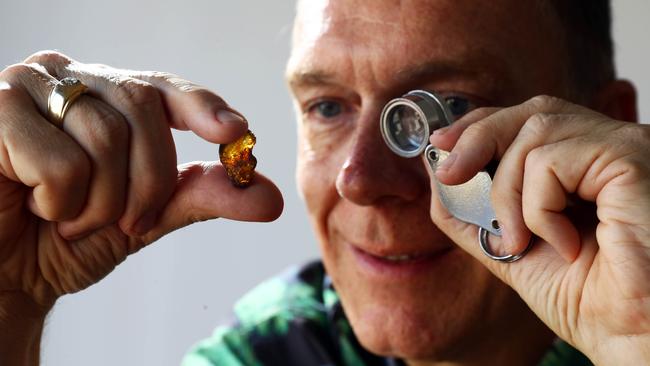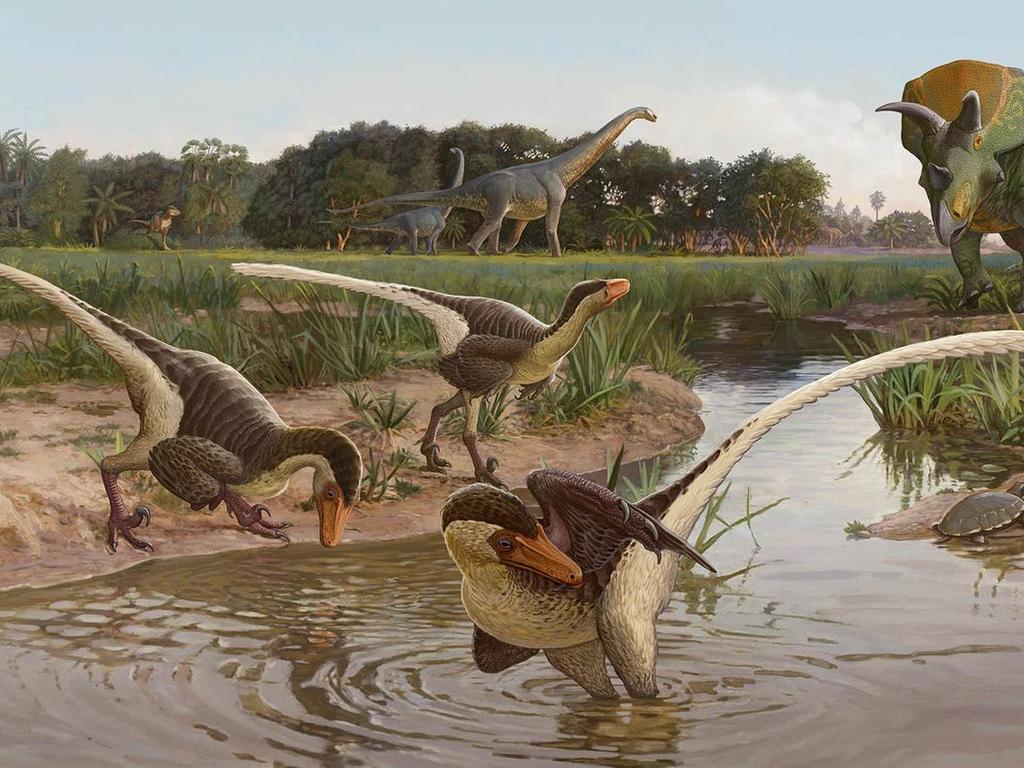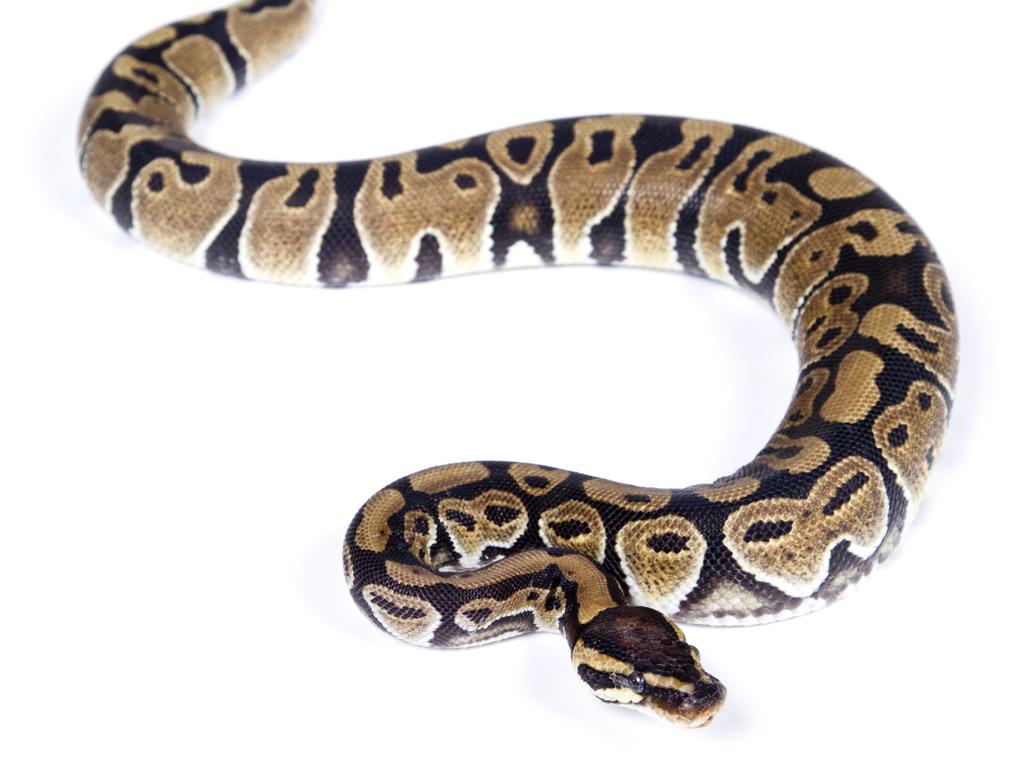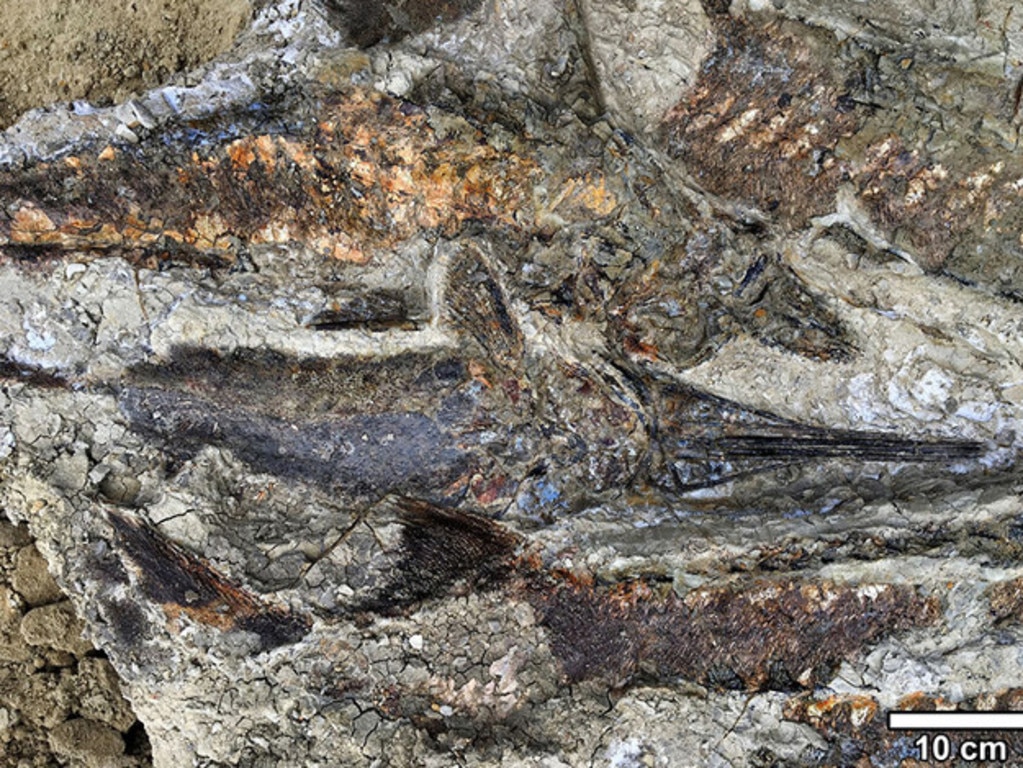Aussie scientists uncover a fossil ‘holy grail’ preserved in amber
A pair of fornicating flies and a cluster of spiders are among the remarkable trove of 6000 prehistoric fossils uncovered.

Scientists have unearthed a parade of amber-entombed creatures that have been preserved in layers of ancient rock across western Tasmania and in parts of Victoria for up to 230 million years.
A pair of fornicating flies and a cluster of spiders are among the remarkable trove of 6000 prehistoric fossils that has captured, in unparalleled detail, the antiquity of life on earth.
“It’s not only a holy grail but it also has to be one of the biggest discoveries in Australian palaeontology,” said Jeffrey Stilwell, a palaeontologist at Monash University.
The discovery was part of a haul of rare fossils recovered from sites across Victoria and Tasmania, with one of the specimens considered more unusual than the rest because it contained two insects frozen in the act of mating.
“I took one look at the fossil and did a double-take,” Dr Stilwell said. “I couldn’t believe my eyes — the insects were mating.”
The two mating, long-legged flies became trapped in a glob of honey-coloured tree resin about 41 million years ago and were discovered in Anglesea, Victoria.
The phenomenon is known as “frozen behaviour” and examples are exceptionally rare in the fossil record and almost unheard of in Australia. It’s comparable to what happened to humans in 79AD at Pompeii when volcanic ash from the eruption forever froze Roman citizens in time. “The only difference,” Dr Stilwell said, “is that amber is better because the details of the organisms are preserved, whereas in Pompeii they are casts.
“They are suspended in time in a perfect 3D space where they died over 40 million years ago — it captures the imagination.” The oldest amber piece in the collection comes from the Triassic period and is about 230 million years old, from the Fingal Valley in Tasmania, once a part of the supercontinent Gondwana.
Fossil-rich amber is extraordinarily rare in the southern hemisphere and Dr Stilwell said his team’s discovery was the first time in “more than a century” that such a breakthrough had been made in Australia: “We are getting a real glimpse into some of these ancient terrestrial ecosystems that nobody’s ever known anything about.”
Among the other discoveries are ants that are between 42 million and 40 million years old, which are the first fossil ants found in Australia and part of a group of ants still alive today.
They also discovered a cluster of spiders, although they don’t yet know what kinds of spiders they are, and mites and springtails preserved with their original colours.
The fossils are so well preserved and details so well defined that scientists can identify individual hairs on the flies and the ants’ mandibles.






To join the conversation, please log in. Don't have an account? Register
Join the conversation, you are commenting as Logout